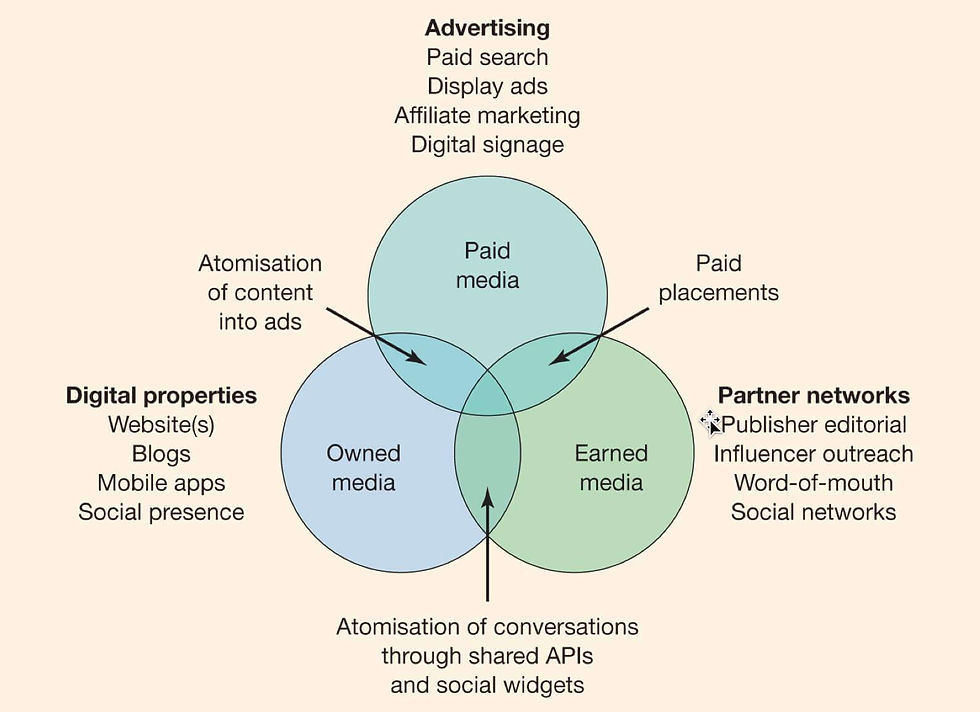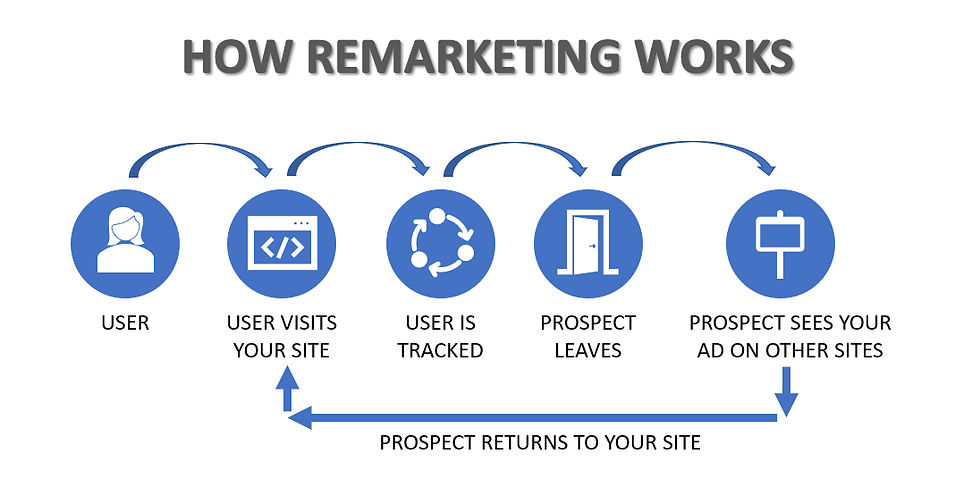10 Tips to Build an Effective Digital Marketing Strategy
- Muskan Kukreja

- Jul 31, 2024
- 4 min read
Updated: Aug 22, 2024

In today’s fast-paced world, digital marketing isn’t just an option , it’s a necessity. With businesses rapidly shifting online, the digital space has become competitive.
Simply having an online presence isn’t enough to stand out and attract potential customers. To truly excel, businesses need a well-crafted digital marketing strategy.
In this guide, we’ll explore practical, straightforward methods to develop a digital marketing strategy that’s effective yet manageable, and tailored to meet the needs of most organizations.
What is a Digital Marketing Strategy?
A digital marketing strategy is a comprehensive plan outlining how a business will achieve its goals through digital channels.
These channels can be paid (like PPC ads), owned (like your website), or earned (like social media mentions). With the digital landscape evolving rapidly, a robust strategy helps businesses stay ahead of competitors and fully leverage digital opportunities.

Image courtesy of Smart Insights
Why You Need a Digital Marketing Strategy
Having a solid digital marketing strategy is vital for several reasons:
Competitive Edge: It helps you keep tabs on your competitors and develop strategies to stay ahead of them in the market.
Customer Insight: By tracking and analyzing customer behaviour, you gain a deeper understanding of your audience’s needs and preferences, allowing you to tailor your approach.
Clear Direction: A well-defined strategy provides a roadmap for achieving your digital marketing goals, ensuring all efforts are aligned and focused.
Opportunity Capture: It enables you to identify and leverage all available digital opportunities, from emerging trends to new platforms, maximizing your potential reach.
Strong Value Proposition: Crafting a solid strategy helps you articulate a compelling online value proposition that resonates with your target audience and differentiates you from competitors.
Effective Resource Management: A strategic plan ensures that your resources — whether time, money, or personnel — are used efficiently and effectively, optimizing your overall marketing efforts.
10 Tips for Crafting a Killer Digital Marketing Strategy
1. Define Your Marketing Objectives
Before diving into strategy creation, clarify your goals. What do you aim to achieve with your marketing efforts? Without clear objectives, your strategy will lack direction and focus.
Example: If your goal is to increase brand awareness, your strategy will differ from one aimed at boosting sales.
2. Identify Your Target Audience
Understanding your potential customers is crucial. Research their demographics, interests, and online behaviours. This will help tailor your marketing efforts to meet their needs effectively.
Example: A company selling eco-friendly products should target environmentally conscious consumers.
3. Choose the Right Marketing Channels
Select digital channels that align with your goals and where your target audience is most active. Common channels include:
Social Media: Facebook, Instagram, LinkedIn
Search Engines: Google Ads, SEO
Email Marketing: Newsletters, promotional emails

Image courtesy of codedesign
Example: A B2B company might focus on LinkedIn, while a fashion brand could prioritize Instagram.
4. Create High-Quality Content
Content is king in digital marketing. Develop valuable and engaging content that addresses your audience’s pain points and interests. Blog posts, videos, infographics, and podcasts are great ways to connect with your audience.
Example: A fitness brand could create workout tutorials or healthy eating tips to engage their audience.
5. Develop a Social Media Strategy
Leverage social media to build relationships and engage with your audience. Create a content calendar, post regularly, and interact with your followers to boost brand loyalty and visibility.
Example: Run targeted ad campaigns on Facebook to reach specific demographics and interests.
6. Monitor and Analyze Your Campaigns
Regularly track your marketing campaigns to assess their effectiveness. Use tools like Google Analytics and social media insights to measure performance and identify areas for improvement.
Example: If an email campaign has a low open rate, test different subject lines or send times to optimize results.
7. Implement Remarketing Techniques
Remarketing helps re-engage visitors who have previously interacted with your site but didn’t convert. By showing targeted ads to these users, you remind them of your brand and encourage them to return.

Image courtesy of PPC Geeks
Example: Display ads for abandoned cart items to remind users to complete their purchases.
8. Automate Your Marketing Efforts
Marketing automation can streamline your processes and save time. Tools like email marketing automation, social media schedulers, and CRM systems can enhance efficiency and consistency.
Example: Use automated email workflows to nurture leads through a series of personalized messages.
9. Optimize for Mobile
With a growing number of users accessing websites via mobile devices, mobile optimization is essential. Ensure your website is responsive and provides a seamless user experience on smartphones and tablets.
Example: Use mobile-friendly design elements like larger buttons and faster loading times to improve user experience.
10. Simplify Customer Contact
Make it easy for potential customers to get in touch with you. Simplify contact forms, provide multiple communication channels, and ensure quick responses to build trust and encourage conversions.
Example: Offer live chat support on your website to address customer queries in real-time.
Conclusion
In today’s busy online world, having a digital marketing strategy is a must. Just being online isn’t enough. You need a solid plan to stand out and attract customers.
A good strategy helps you stay ahead of the competition, understand your audience better, and use your resources wisely. It also ensures you’re using the right tools and channels to reach your goals.
By setting clear goals, knowing who your customers are, and picking the best ways to connect with them, you can build a digital marketing plan that really works.
Start using these tips today and see how your business can grow and succeed online!




Comments